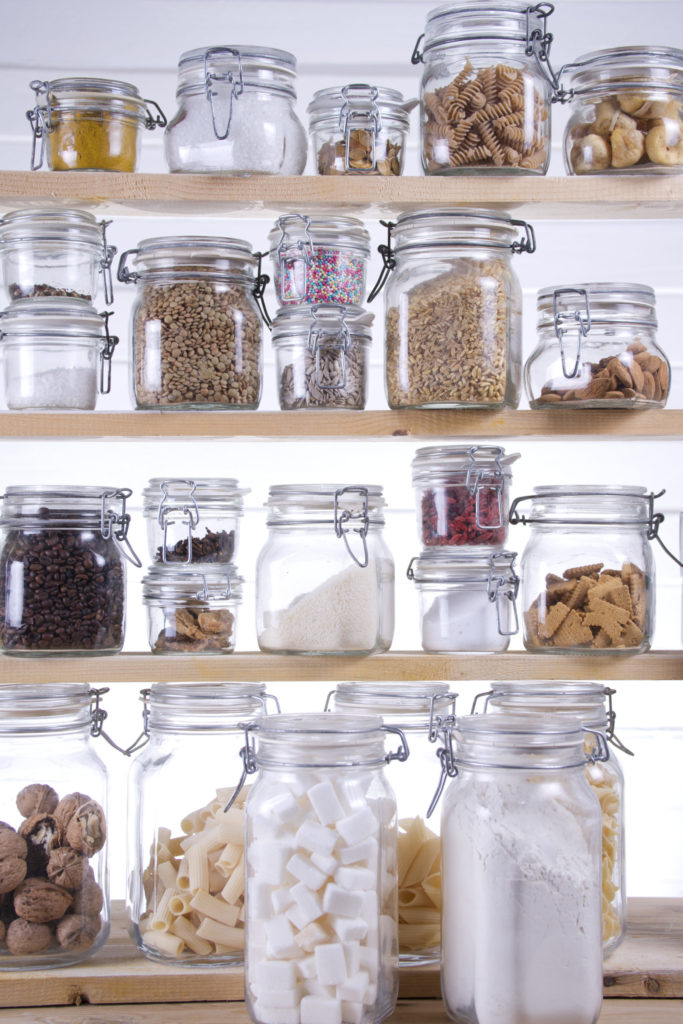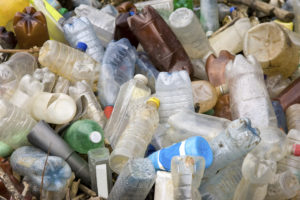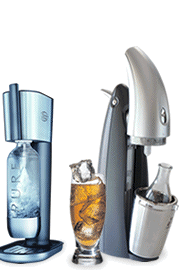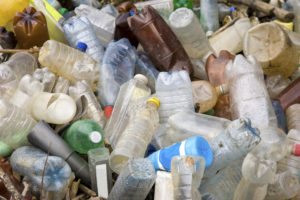
One of the places you’ll find the most plastic in your home is in the kitchen. Fortunately, it’s also one of the easiest places in our house to give plastic the heave-ho. Here’s how:
Your Plastic-Free Kitchen
1) Use reusable bags. Reusable cloth, jute or recycled fiber bags last for years and eliminate the need for plastic shopping bags. Many communities now charge a nickel for every plastic bag a shopper uses, which has been enough to convince people to bring their own bags.
2) Buy fresh, unpackaged food. One of the biggest sources of plastic in a kitchen is all the plastic that food comes wrapped in it. This is especially true if you’re buying pre-packaged food that’s supposed to be convenient – but ultimately just creates a lot of trash. In addition to reusable shopping bags, get a set of reusable mesh produce bags. For bigger fruits and vegetables like apples, oranges, pears, eggplant and onions, you can skip bags altogether.
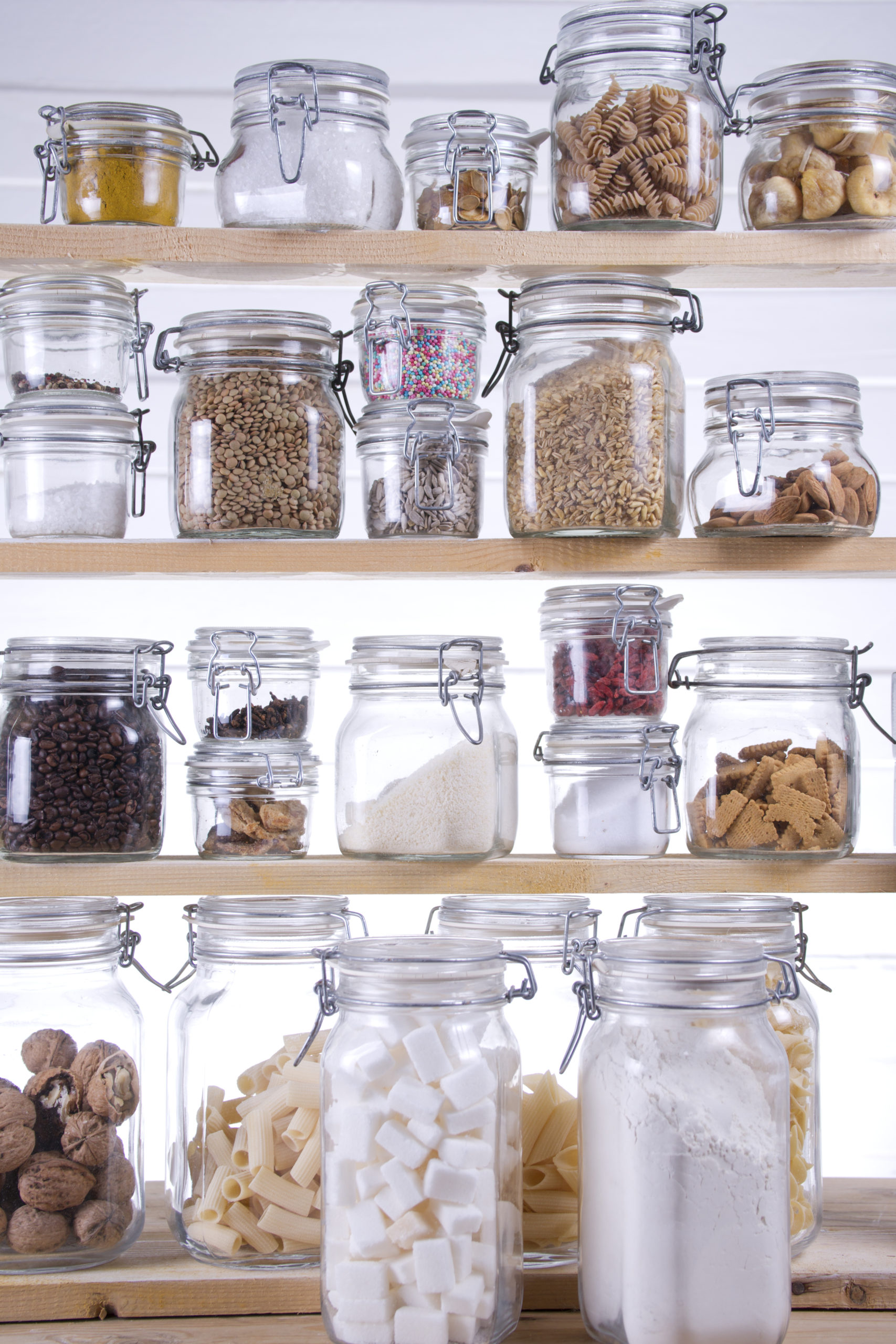
4) Use glass storage containers. Glass jars and dishes with lids are very effective storage containers – they don’t leach chemicals into food, they’re durable, and you can easily see what’s inside them. I re-use glass tomato sauce jars and juice bottles. I also prowl yard sales and thrift stores for glass dishes with lids that I can buy for a couple of dollars at most.
5) Make your own soda. A big source of plastic in the kitchen comes from soda bottles. We haven’t bought soda since we got a counter-top carbonation machine. We simply filter a jug of water (which takes about a minute), pour the water in the bottle that fits the machine, pull a lever to add carbon dioxide to the water (another minute at most), and add whatever flavor we choose.
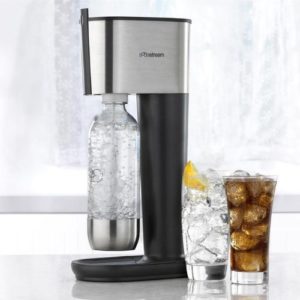
7) Keep your own bottled water ready-to-go in the fridge. One reason why people buy bottled drinks – especially water – is because they don’t take water with them when they leave home. Keep a pitcher of filtered water in your refrigerator and an empty water bottle next to your purse or briefcase so you remember to fill up your bottle before you leave home. Teach your kids to do the same before they leave for school or a sporting event. You can also fill up a few reusable bottles of water and keep them in the fridge so you can grab and go.
8) Replace plastic utensils with stainless steel, wood, and silicone. I primarily use stainless steel or silicone spatulas when I’m frying and sauteeing, and wooden spoons when I’m baking. I have glass 1 cup, 2 cup and 4 cup measuring pitchers and aluminum measuring cups and spoons in a variety of sizes. I also use glass and aluminum mixing bowls. Look for these and other non-plastic kitchen tools in the pots and pans section of your grocery store or in the kitchen utensils section of a department store.
9) Make your own yogurt. Yogurt is super easy to make at home and will save you lots and lots of throwaway yogurt containers. Here’s how I do it.
This is only the beginning. How are you getting plastic out of your kitchen?


